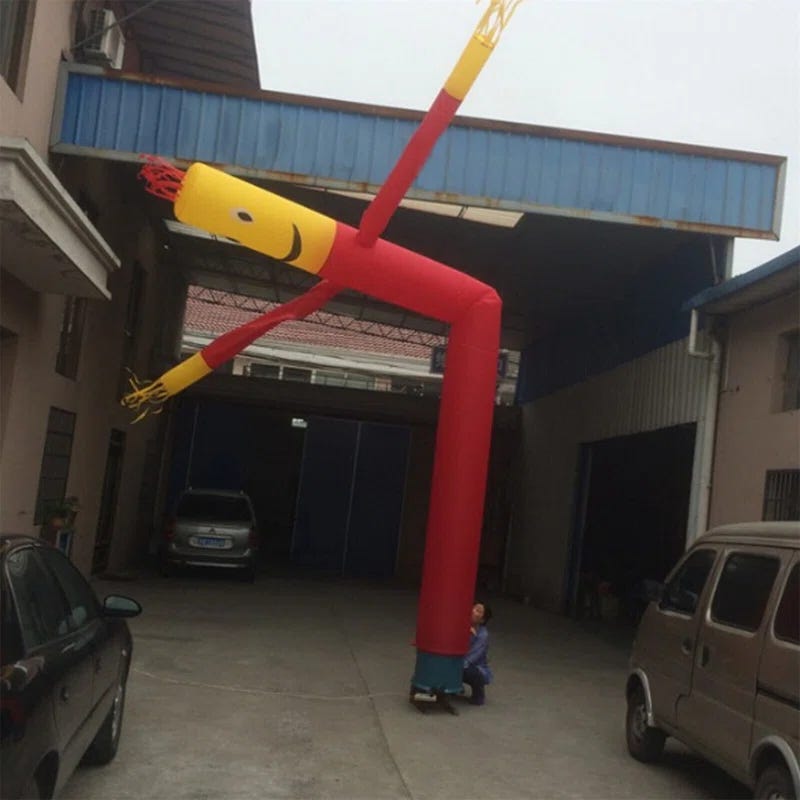It’s been a bit of a rough go recently at HEAVIES HQ. Last week, my wife and I got walloped by a severe bout of food poisoning that put us out of commission for a full 48 hours. Dehydration, night sweats, the works; the wedding dress scene in Bridesmaids has a new valance for us. We suspect the culprit was a pack of broccoli we’d learn later was recalled for listeria concerns, since it was the only thing on our dinner plates that our toddler didn’t touch—and he was fine! A real ball of energy.
Then our nanny got sick with something different and had to call out. Then our kid got sick with whatever she had for a day. The cherry on top was over the weekend, I rolled my ankle and haven’t been able to get back into any real sort of routine again, which is hard, as working out is sort the gravitational core that keeps me from spiraling, especially with all bad news, all the time.
So, it’s been a trying last few weeks, and we’ve been trying our best to be resilient. (Key word: trying.) Resilience is a skill like anything else, and a large part of it is learning how to be adaptive.
As a very young kid I was enamored with Bruce Lee, not because of Game of Death or Enter the Dragon or anything actually cool like that, but because one of my aunts had a VHS copy of Dragon: The Bruce Lee Story starring Jason Scott Lee, and we would watch it religiously. (Still a great movie.)
Then I became a teenager and started reading his work, and one of the Bruce koans that’s long embedded in my subconscious was this:
“Notice that the stiffest tree is most easily cracked, while the bamboo or willow survives by bending with the wind.”
Corny? Kinda! But the man was ahead of his time. (It is also hilarious that, as far as hagiography goes, Bruce Lee was kind of a jerk and a philanderer—all of which made me like him more. The 2019 biography Bruce Lee: A Life by the journalist Matthew Polly was a great read mostly because it de-glossed a lot of the mythmaking around Bruce and presented him as the stubborn weirdo who loved white women that he actually was.)
(And the man could get some fits off:
)
As for what being adaptive actually looks like in practice, well, I think a lot of it is just learning how to be gentle with yourself. Especially when you can’t go as fast or as hard as you’d like. I can’t put much pressure on my ankle at the moment, so I’m focusing on core work and push-pull upper-body stuff at the gym. It’s not nearly as fun as hitting pads or sparring, but it’s something.
Perhaps a stronger (and funnier) metaphor for our current era is to be less like a supple bamboo in the wind and more like an inflatable tube man. Whether you’re dancing through the hard times or actually flailing is best left undetermined. At least you’re in motion.
Other news:
For The Believer, I wrote this issue’s Resurrector column about “Like a G6,” a song that I once loathed and have since grown quite fond of.
Over at SSENSE, the homie Delia Cai took a break from torching the internet with Hate Reads to write about growing up in the middle of nowhere and what clothes mean to her, both then and now.
Earlier this week I tried the NAD+ therapy that Asa Akira recommended in her Feelgood Routine, and… that shit is crazy lol. I’ll be writing about it for paid subscribers soon.
Thanks as always for reading HEAVIES, a project all made possible by you, the readers. If you enjoy my work please consider becoming a paid subscriber for the monthly cost of a single cold brew without tip.





Like an MF G6!!
This hit home—especially the line about being an inflatable tube man. That’s exactly what it feels like sometimes: not graceful, not even resilient in the traditional sense… just flailing and upright enough. I appreciate the honesty here, especially in how you’re reframing adaptation as gentleness, not grit. It’s easy to forget that “keeping going” doesn’t have to look like heroism—it can just be doing some upper-body work while your ankle heals, or showing up tired and still writing something true. Thanks for sharing this—it’s real, and that makes it powerful.